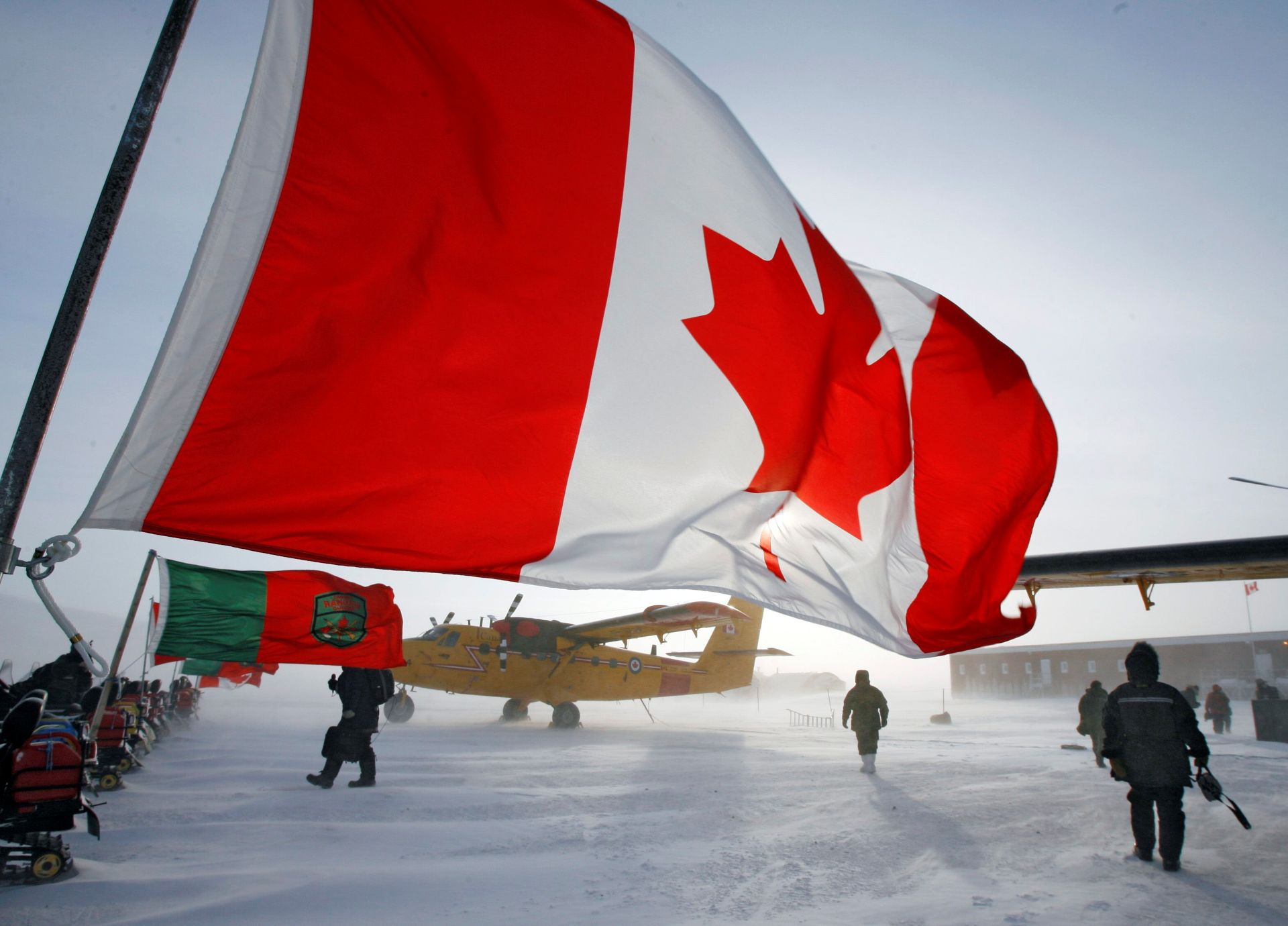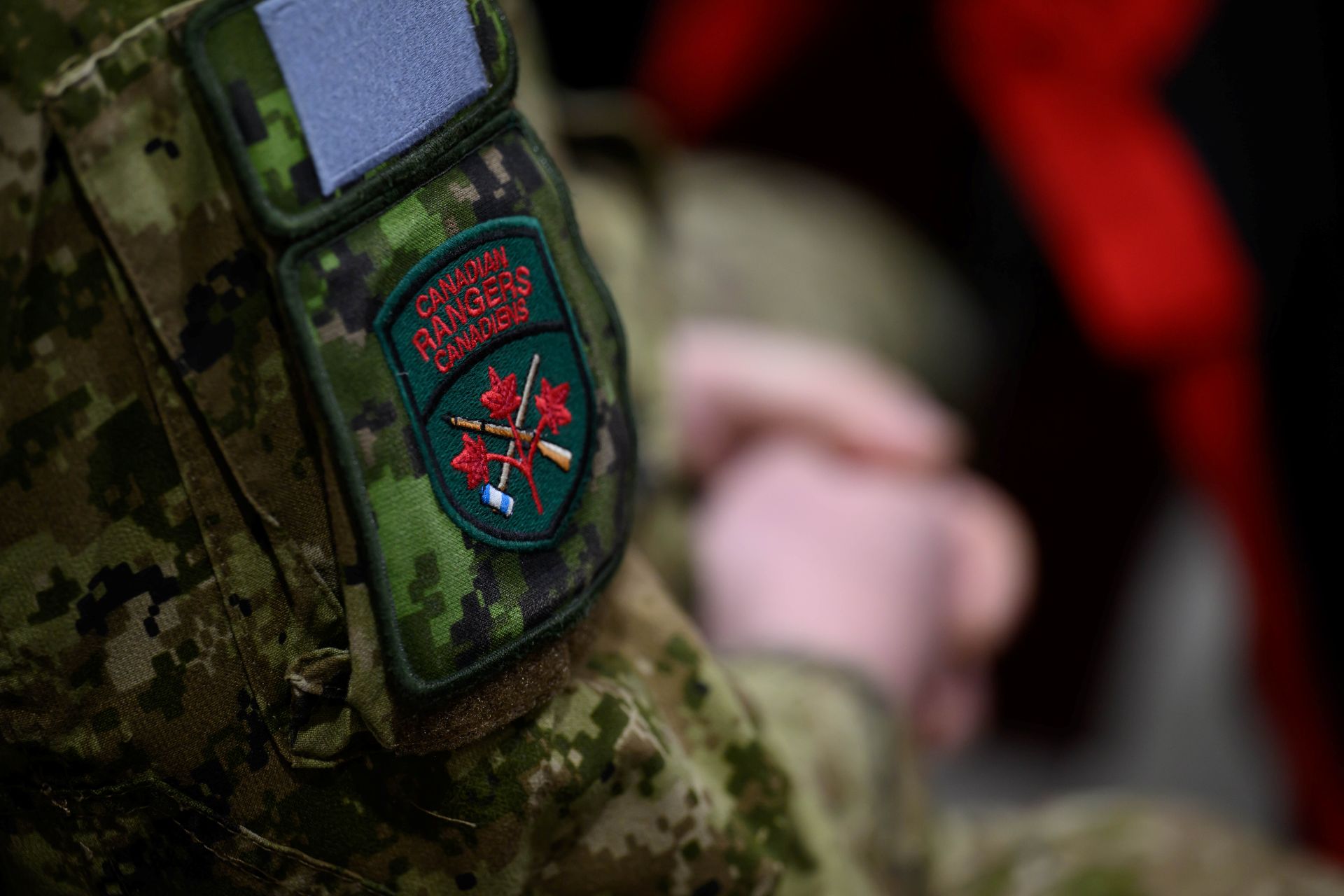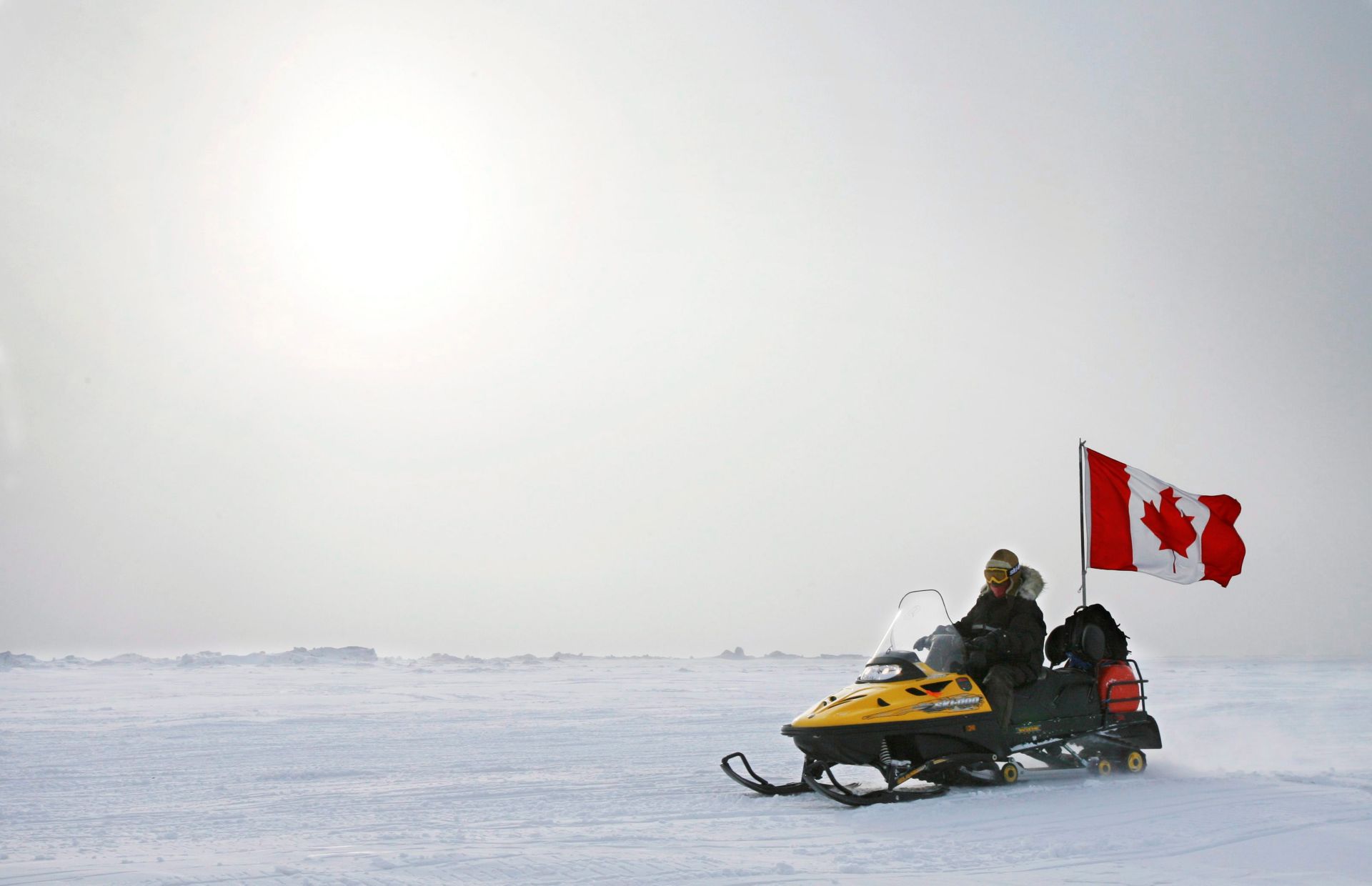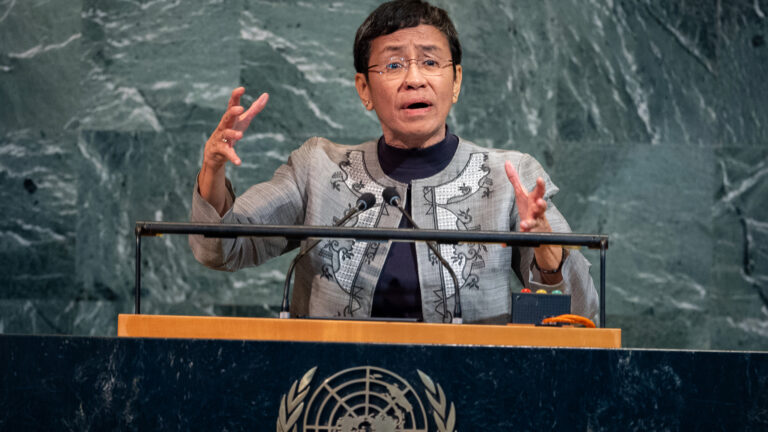For decades, Canadian policy on the Arctic has been shaped largely through a southern perspective while the lived realities of the North are treated merely as background despite the fact the region is central to Canada’s national identity and pivotal to several key defence and infrastructure policies.
Strategic debates in Ottawa often centre on continental defence, resource corridors or climate diplomacy. While polling periodically captures the pulse of southern Canada, little has been known about what Arctic residents think about key regional debates and issues.
The First Annual Canadian Arctic Survey offers a valuable chance to rebalance this approach. It was released by the Observatoire de la politique et la sécurité de l’Arctique (OPSA) after being carried out in May.
Based on responses from 609 residents across Yukon, the Northwest Territories and Nunavut, the survey covers Northern perspectives on sovereignty, security and sustainability.
Leveraging Canada’s Arctic experience to shape space-mining norms
Why Canada needs Arctic threat modelling now
Podcast | The Future of Canada’s North: An interview with R.J. Simpson
Arctic policy must embrace Indigenous knowledge and Arctic science
Respondents presented a coherent agenda: assertive protection of Canadian sovereignty; environmental safeguards where ecosystems are most fragile; and procurement policies that empower local communities.
For Ottawa, the findings are an invitation to revamp its Arctic strategy by aligning federal ambitions with Northern priorities and to strengthen sovereignty through partnership and resilience.
For example, it can set red lines on Arctic shipping routes and seabed claims; balance national environmental concerns with the need for locally owned resource projects; treat connectivity and data as integral parts of Northern sovereignty; and prepare with its allies for crises in the region, including the threatened U.S. takeover of Greenland.
A stronger sense of sovereignty
Eighty-five per cent of survey respondents agreed that Canada must assert sovereignty or risk losing it. The United States slightly edged out Russia as the most serious sovereignty threat (37 per cent compared to 35 per cent), with China at 17 per cent.
The Trump administration’s repeated statements about taking control of Greenland and suggesting Canada could become the 51st U.S. state are among the factors contributing to this perception, the survey report said.
This is a striking inversion of opinion in southern Canada, where Russia remains the dominant concern.
From compromise to resolve
When asked about border and resource disputes, survey respondents favoured firmness: 62 per cent supported taking a “firm line,” compared to 38 and 41 per cent in other surveys in 2010 and 2015. Only 26 per cent preferred compromise, while just seven per cent backed internationalizing the Arctic under the Antarctic model.
As Robert Jervis argued in his work on deterrence, presence and resolve reduce ambiguity. No surprise then that 72 per cent of respondents supported increased defence spending and dual-use measures – an expanded Canadian Rangers, stronger search-and-rescue capabilities and a greater Coast Guard presence.
This aligns well with the federal Arctic strategy, which emphasizes blending defence investments with broader Northern development.
Selective environmentalism, local empowerment
Survey respondents favoured careful balancing rather than absolutism in environmental issues, especially in protecting fragile marine ecosystems. The federal moratorium on offshore oil and gas exploration, first imposed in 2016, enjoyed 64 per cent support. Respondents were divided on mining: 47 per cent saw environmental and cultural harm outweighing benefits, while 37 per cent disagreed.
Procurement signals were even clearer. Nearly half (49 per cent) of respondents wanted Northern companies to have priority when federal contracts are awarded in the region – more than those favouring the “greenest bidder” (39 per cent) or the “cheapest option” (seven per cent). For Ottawa, this creates space to design procurement frameworks that advance both sustainability and local prosperity.
Climate change and the evidence gap
Perhaps unexpectedly, only 60 per cent of respondents attributed climate change to human activity, close to the 63-per-cent national average, despite its visible impacts in the North, such as thawing permafrost, less reliable ice and disrupted hunting seasons.
The result may reflect a gap in how climate evidence is generated and communicated. Indigenous epistemologies emphasize cyclical change. Global or national narratives may not resonate locally.
One way to bridge this gap is hyper-local climate science – community-run permafrost observatories, school-based labs blending Inuit Qaujimajatuqangit with Western methods and hunter-led monitoring programs. Federal support for such initiatives would anchor climate policy in community ownership.

Strategic instincts in crisis scenarios
The survey also tested reactions to U.S. President Donald Trump’s threats to take over Greenland by any means necessary. Nearly 43 per cent favoured a diplomatic solution, while 26 per cent supported military aid to Greenland.
Technology perceptions reveal another pragmatic streak. Although 69 per cent of all respondents view Elon Musk unfavourably, that number falls to 57 per cent in Nunavut, perhaps reflecting the value of his Starlink satellite service to residents there for connectivity.
For Ottawa, this underscores the importance of treating low-Earth-orbit satellites as essential infrastructure – licensed with obligations to provide reliable service, protect Indigenous data sovereignty and ensure affordability.
Pathways forward
The federal government can draw several lessons from the survey and build on its own strategic direction in several ways:
- Make sovereignty interest-centric. Define Canadian red lines on shipping routes and seabed claims while ensuring Norad modernization reflects Canadian priorities.
- Invest in civilian power. Strengthen the Canadian Rangers, search-and-rescue operations, clinics and icebreakers as dual-use sovereignty tools that serve communities while projecting presence.
- Balance “green” with “local.” Continue the offshore drilling moratorium while advancing mining projects that are co-managed, partly or wholly Indigenous-owned and backed by rigorous remediation bonds.
- Bridge climate narratives with local evidence. Support Northern-led science and monitoring to ground climate adaptation in community realities.
- Treat connectivity as sovereignty. Regulate satellite providers as essential infrastructure, tied to service obligations and data governance.
- Plan for contingencies. Develop diplomatic and legal frameworks for Arctic crises before they arrive, reinforcing strategic autonomy.
Beneath the numbers in the survey lie two currents that Ottawa can navigate constructively.
First, legitimacy follows proximity. The survey suggests Northerners want local actors empowered. Policies that prioritize local procurement and governance not only meet community expectations but also strengthen the national fabric.
Second, sovereignty is social as well as territorial. It is Rangers with child care, clinics with stable bandwidth and year-round infrastructure connecting communities.

Partnership as strategy
The survey, supported by the Department of National Defence’s MINDS program, should be seen as an opportunity. It highlights not division but convergence. Northerners seek a Canada that is firm on sovereignty, careful with ecosystems and committed to keeping economic benefits close to home.
Ottawa is well-placed to build on these insights. By aligning defence modernization with community resilience, integrating procurement with local empowerment and supporting Northern-led climate and connectivity initiatives, Canada can demonstrate that sovereignty and Northern partnership go hand-in-hand.
The message is not one of critique but of alignment. The firm line Canada must hold in the Arctic can be drawn most effectively by working with the communities there.












